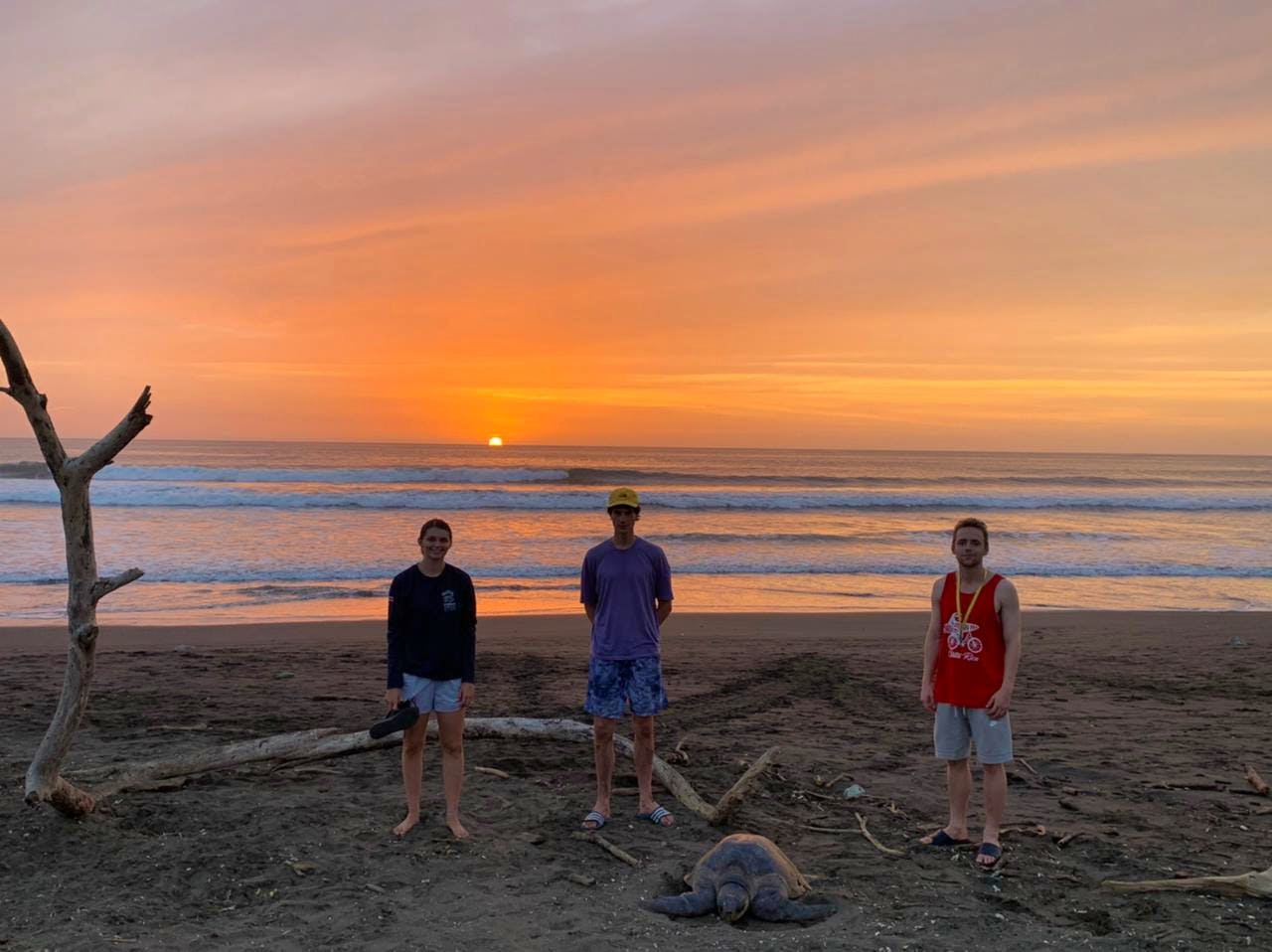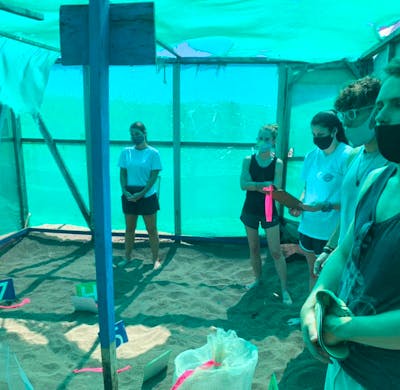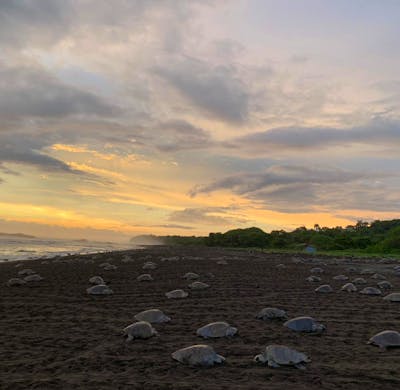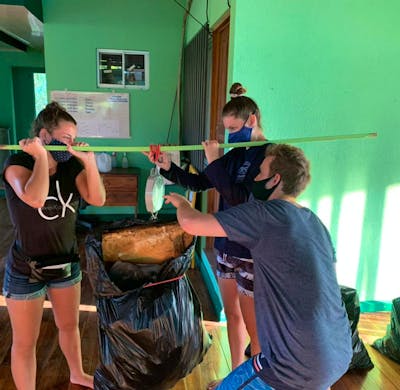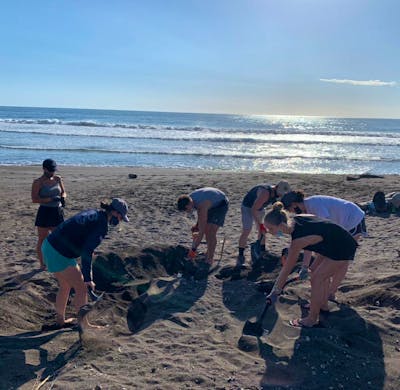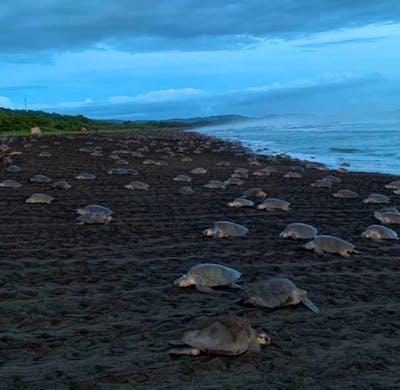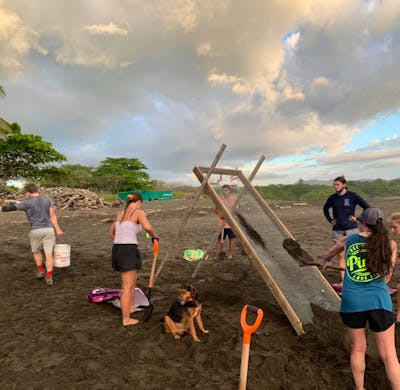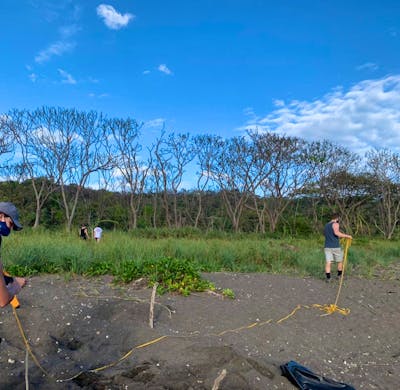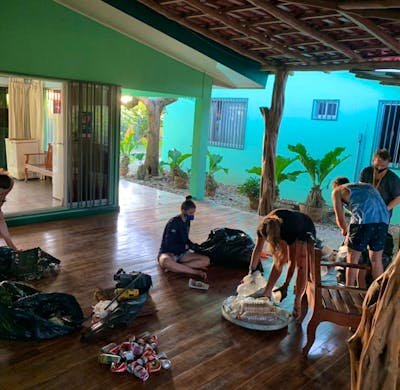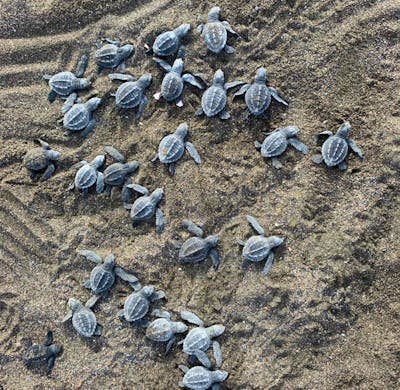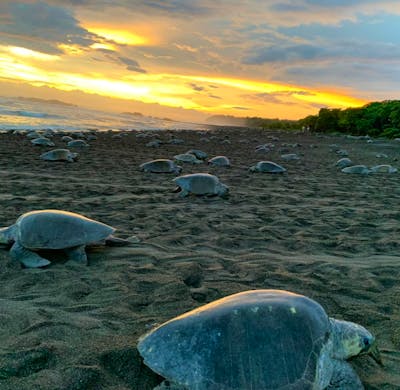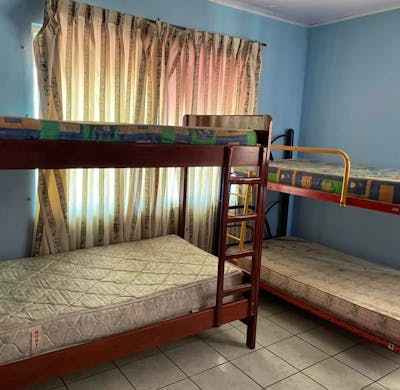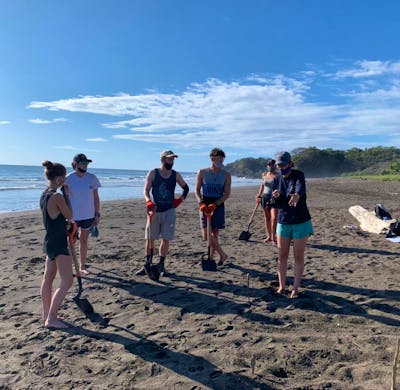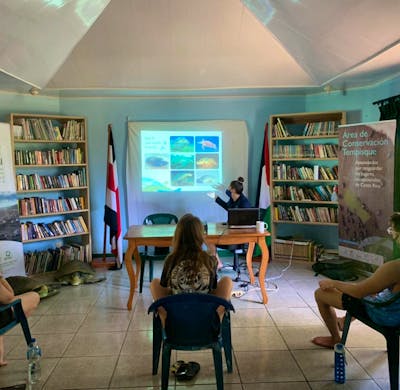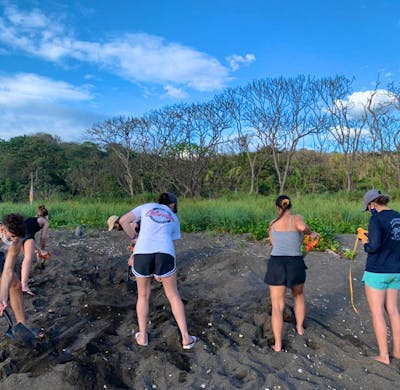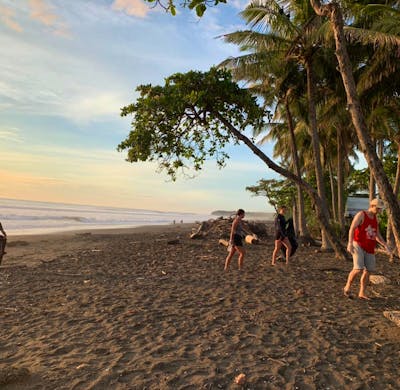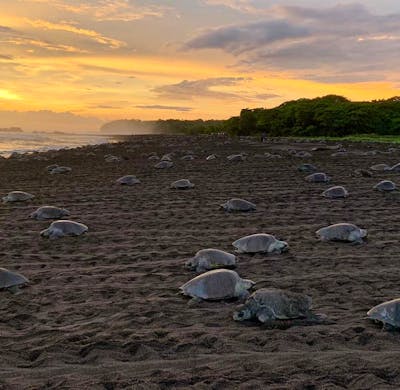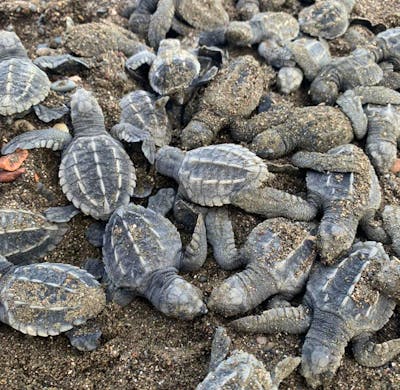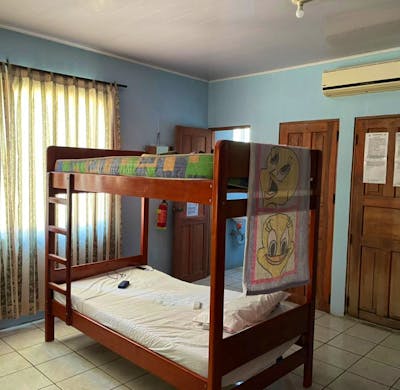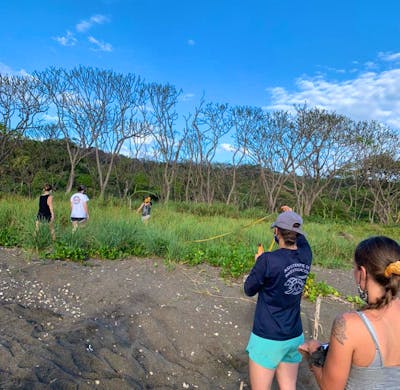from 1,073€
Great 4.4 (78)
(78)
Marine Life Protector Sea Turtles
2 - 12 weeks
·
Age 18 - 50+
Verified by Volunteer World
Good response rate
Great 4.4 ·
·
Verified by Volunteer World
·
·
·
Verified by Volunteer World
·

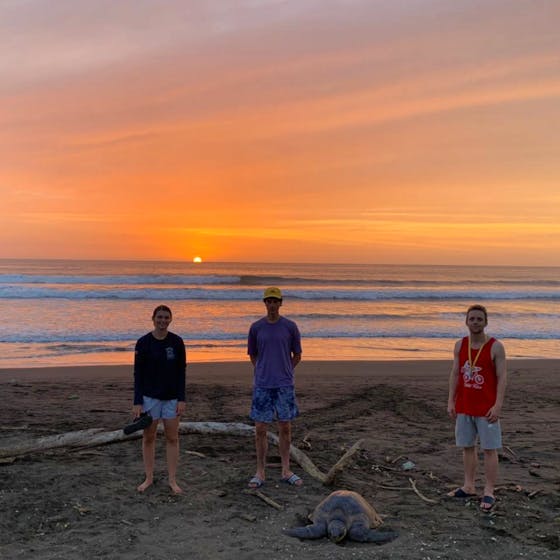
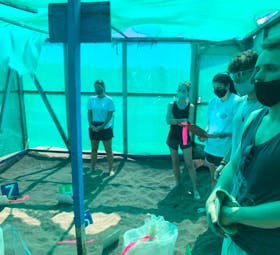
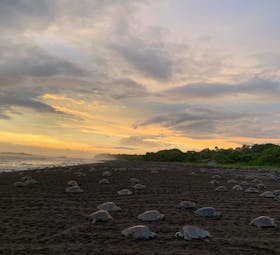
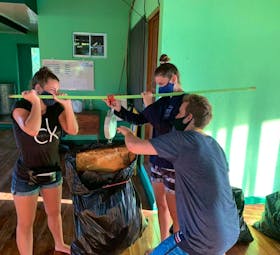
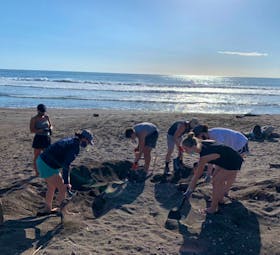
2 - 12 weeks
·
Age 18 - 50+
·
Good response rate
Highlights
- Be a guardian for endangered marine species and share moments with captivating aquatic creatures.
- Showcase your social commitment and be a force for good on a global scale, leaving a legacy of positive change.
- Explore Costa Rica's natural wonderland, renowned for its rich biodiversity and pristine beaches, where each day is a postcard-worthy adventure.
- Elevate your CV with international volunteer experience, demonstrating your dedication to meaningful causes.
- Immerse yourself in a new culture, opening your heart and mind to fresh perspectives, creating lasting memories and global connections.
Especially suitable
About the program
Encountering sea turtles in their natural habitat is an experience that really gets under your skin. Help to protect endangered marine life in Costa Rica. 🐢
Encountering sea turtles in their natural habitat is an experience that really gets under your skin. It is indescribably impressive to see these huge creatures in real life and to contribute to their protection.
The Placement
With this volunteer project you will help protect sea turtles on the ...
Typical day
After arriving at the nature reserve, all new volunteers will have a welcome talk and the project introduction. You will learn important things about the project and the sea turtles,their habitat and dangers.
During their stay volunteers will have different tasks
- On one side, there are the exciting ...
Free-time activities
The project is located at the Pacific Coast of Costa Rica surrounded by dream beaches and a rich vegetation. Things to do include:
- For surf enthusiasts, the Pacific Ocean beckons with its world-class waves. Whether you're a seasoned surfer or just learning the ropes, nearby beaches like Playa Guiones ...
Requirements
What's Included
What's NOT included?
Details on arrival
The project is up and running all year round. Your arrival to San José is ideally on a Saturday, as the onward journey to the volunteer project takes place on a Monday. Depending on the day of arrival in Costa Rica, the program includes 1 to 2 overnight stays in San José (single room with breakfast, homestay).
In addition to the assistance given by our office staff you will be supported by our local team in Costa Rica located in San José, as well as the volunteer coordinator on-site. Before you leave for the project site, you will take part in an orientation talk with our local team in San José.
Please note that the local travel costs from San José to the project site on the Pacific coast are not included in the program costs.
Availability
Jan
Feb
Mar
Apr
May
Jun
Jul
Aug
Sep
Oct
Nov
Dec
Program fees
2 weeks (min. stay)
1,073€
3 weeks
1,348€
4 weeks
1,622€
5 weeks
1,896€
6 weeks
2,171€
7 weeks
2,445€
8 weeks
2,720€
9 weeks
2,994€
10 weeks
3,268€
11 weeks
3,543€
12 weeks (max. stay)
3,817€
Average fees
427€/week
Meet your organization

South America Inside
Great 4.4
 (78 reviews)
(78 reviews)
Agency - founded in 2003
Verified by Volunteer World
Good response rate
Coordinated by
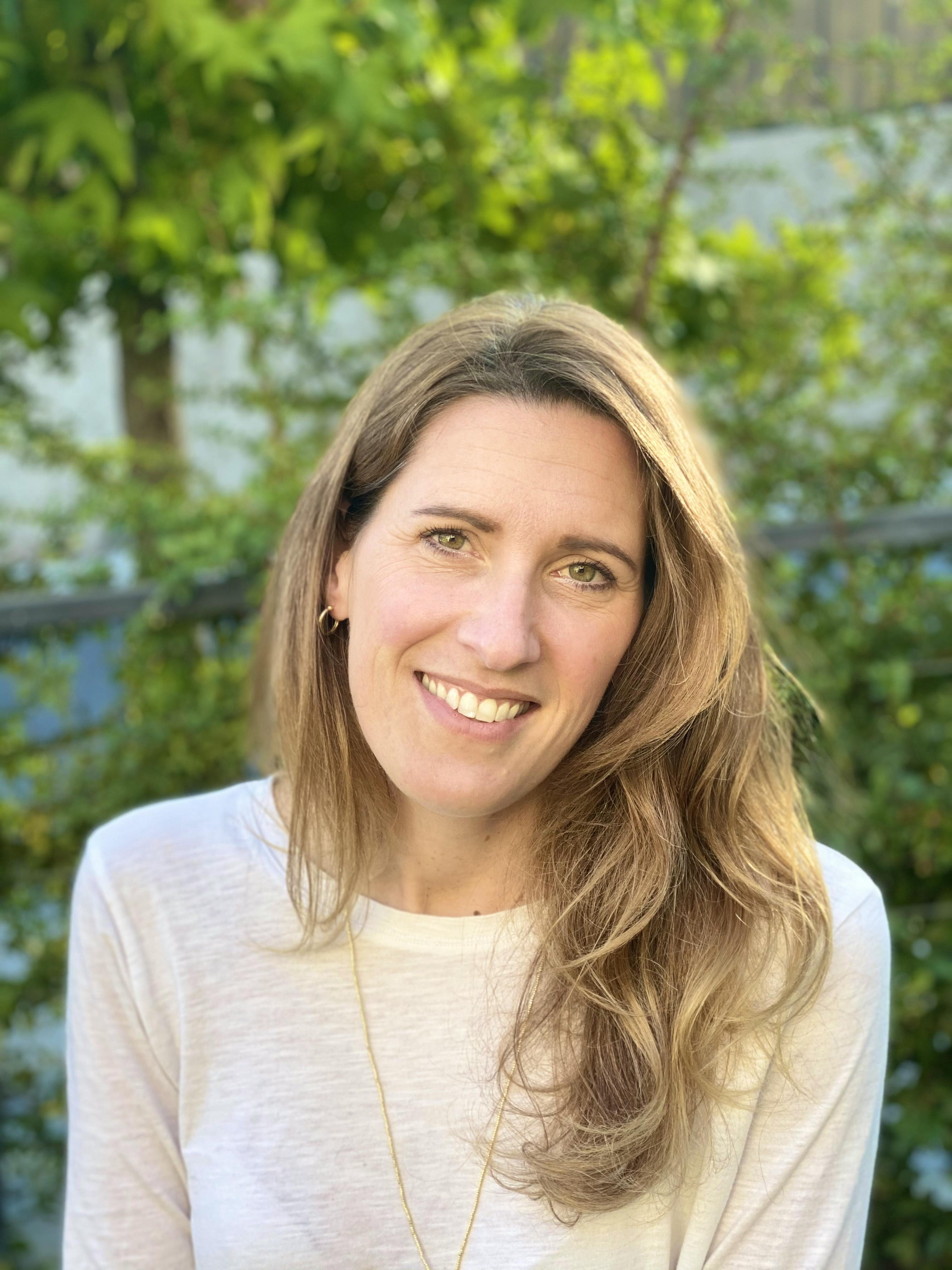
Marion
Spoken languages: Spanish, German, English
About the project
South America Inside promotes intercultural, linguistic and educational exchanges. Its volunteer programs are addressed to students, professionals and retirees.
78 reviews ·  4.4
4.4
Location

You might also be interested in
-
Beach Cleaning
Sea Turtle Conservation
Waste Reduction
Volunteer Trips for College Students
Couples
Projects Abroad
Marine Life in Costa Rica
Adults
Sea Turtles Costa Rica
Mission Trips
Group Volunteering
Global Volunteer Opportunities
Voluntouring
Planning a Gap Year in Costa Rica
Best Volunteer Programs
Animals in Costa Rica
Latin America
50 Plus Volunteering
